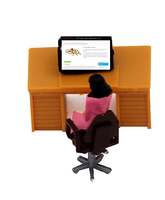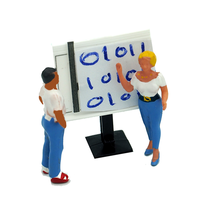Table of Contents
Data entry and integrity
Data integrity means assurance of the accuracy, consistency, and completeness of original information contained in the data. At the same time, the authenticity of the original research information has to be preserved (see 'Data authenticity').
The integrity of a data file is based on its structure and on links between data and integrated elements of documentation. From the moment that data is being entered, data integrity is at stake.
Data entry procedures have changed over recent years. Operators entering data into a computer manually are being replaced by automated computer technologies, while the universal distinction between the three phases of data collection, data entry, and data editing/checking is often becoming obsolete. In general, greater automation of processes generally prevents some types of errors, but at the same time, it produces other types of errors. For example, errors in scripts during computer-assisted interviewing may cause systematic shifts in data. To be able to detect such deviations in automated forms of data entry, requires different kinds of checks, in comparison to manually entered data.
Minimising errors in survey data entry
In the accordion below a summary of recommendations on minimising errors in survey data entry is given (Groves et al., 2004; ICPSR, 2012;UK Data Service, n.d.-a).
In cases of errors ..
Considerations in making high-quality transcriptions of qualitative data
The most common formats of qualitative data are written texts, interview data and focus group discussion data. In most cases, interview and discussion data are firstly digitally recorded and then transcribed. Transcription is a translation between forms of qualitative data, most commonly a conversion of audio or video recordings into text. If you intend to share your data with other researchers, you should prepare a full transcription of your recordings (Bucholtz, 2000).
There are several basic rules and steps in the process of making and checking a high-quality transcript from audio/video (Kuckartz, 2014):


